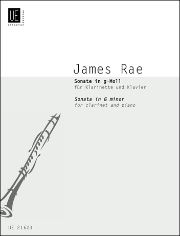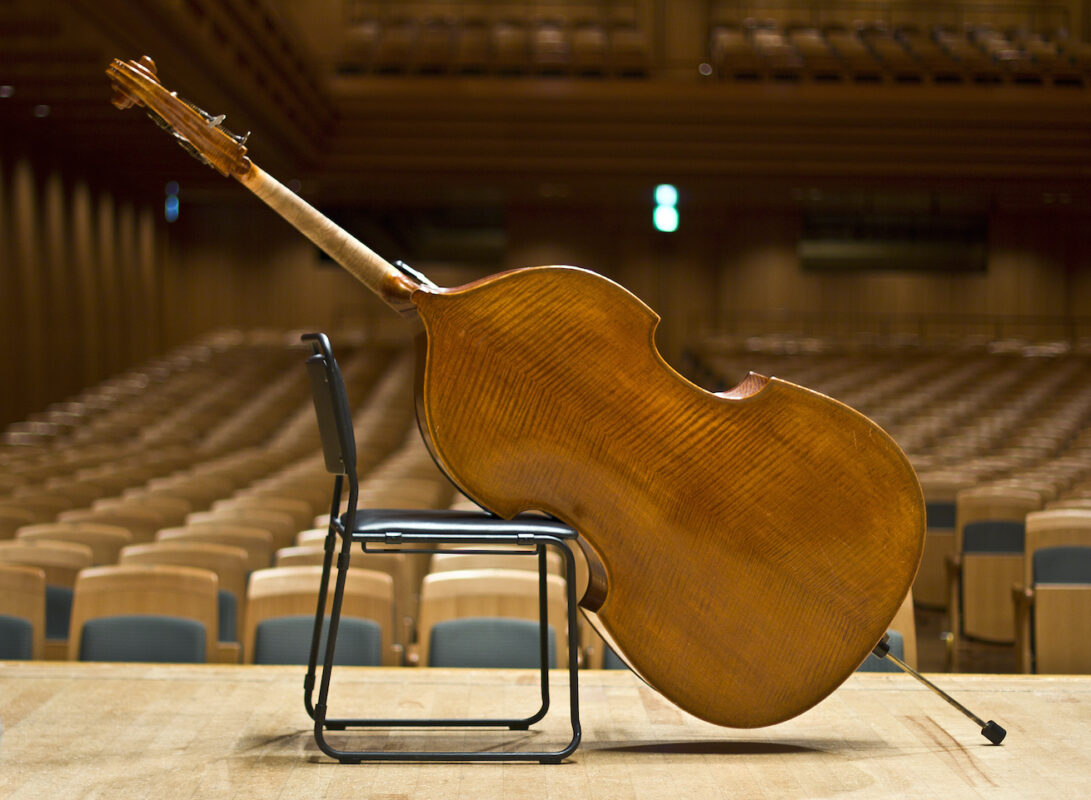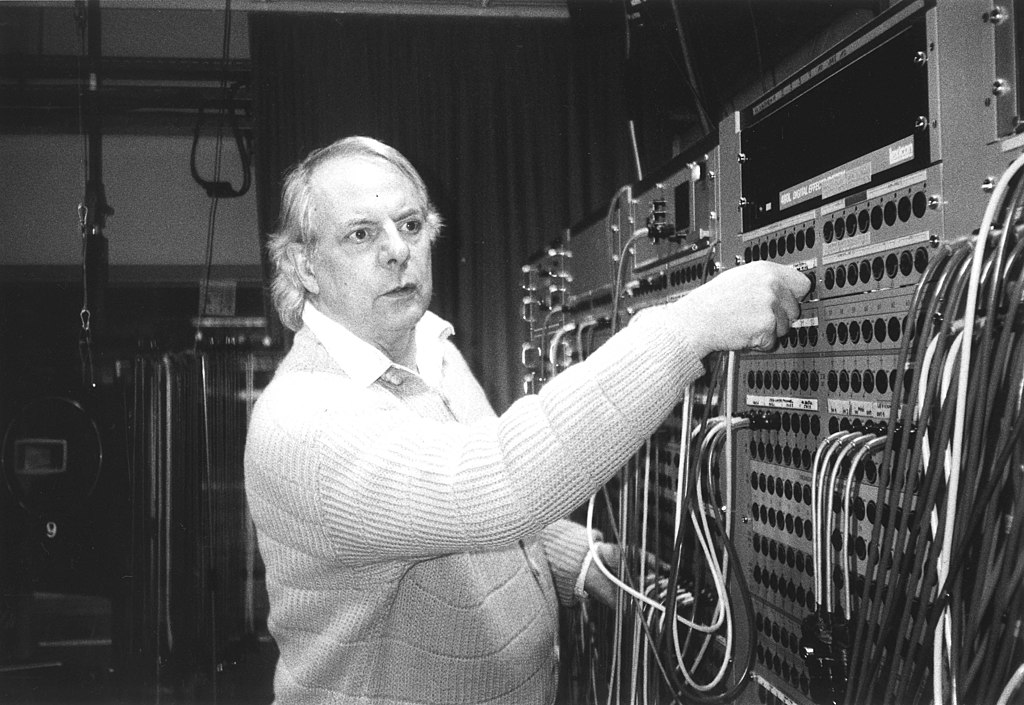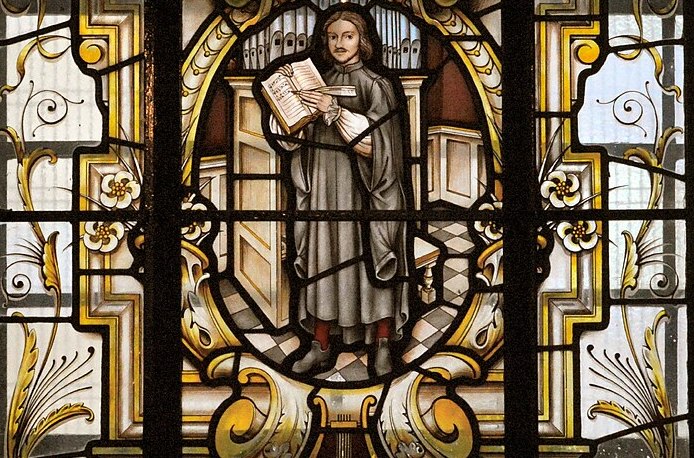Sonata movement flowing to rocking
James Rae doesn't just write educational works. Here he presents an expressive piece with which clarinettists can shine on the podium.
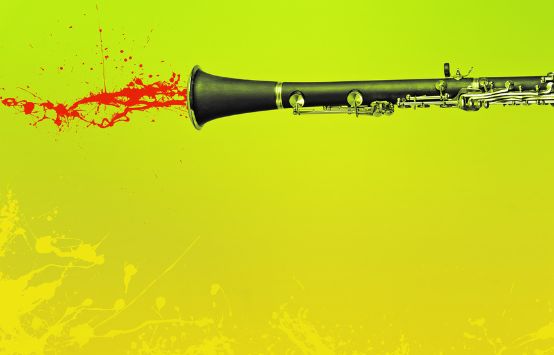
The 58-year-old Englishman James Rae is known for his numerous and popular booklets for teaching, especially for clarinet, saxophone and flute. He mainly focuses on the styles of pop, rock and jazz. With the Sonata in G minor for clarinet and piano, Rae shows another facet of his compositional output by referring to a classical form and creating a work that is aimed at advanced clarinettists and should also hold its own in a recital alongside other pieces from the clarinet repertoire.
The three-movement sonata with the movement designations Allegro vivo, Andante espressivo (Freely) and Allegro con fuoco has a playing time of around twelve minutes. In all three movements, James Rae works with fourths and major seconds as the dominant harmonic-melodic material, with the first and third movements in G minor and the middle movement in B flat major. By simultaneously dispensing with strong dominant-tonic cadences, the work takes on a modal, floating and playful character.
The first movement is in 12/8 time and has a flowing, light-footed expression reminiscent of film music. The lyrical second movement conveys a dreamy mood and seems like an improvisation with a playful middle section. The pulsating rhythm of the third movement with a concise main motif in the clarinet, consisting of semiquavers with staggered accents and at the same time a strong emphasis on the main beats in the piano, creates a rock-pop character with great liveliness.
James Rae's sonata offers performers the opportunity to shine with both technical brilliance (without excessive difficulty) and expressive musical interpretation.
James Rae, Sonata in G minor for clarinet and piano, UE 21 623, € 18.95, Universal Edition, Vienna 2014






